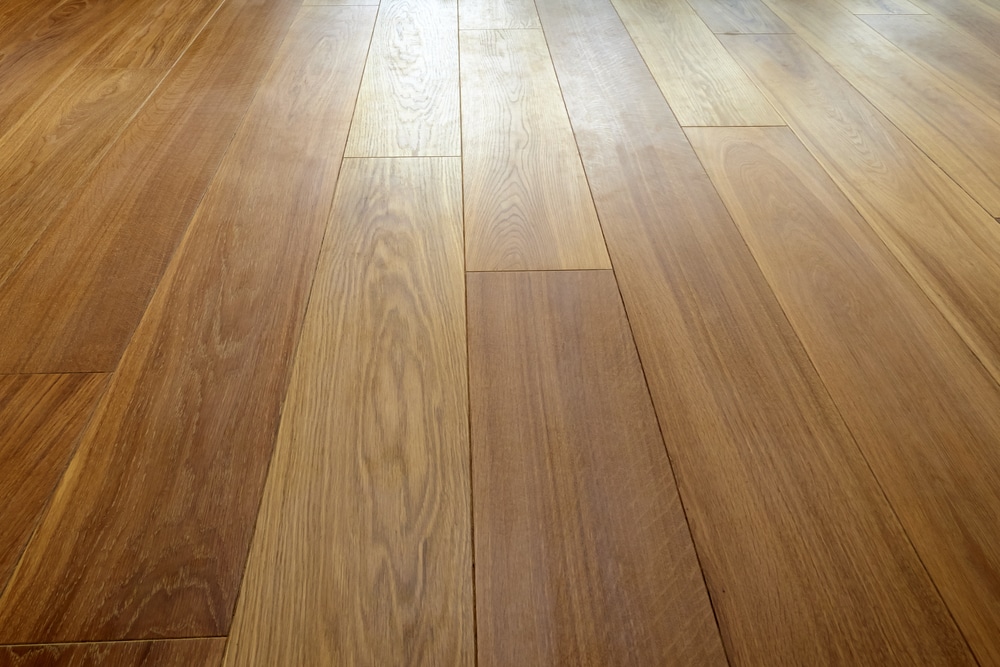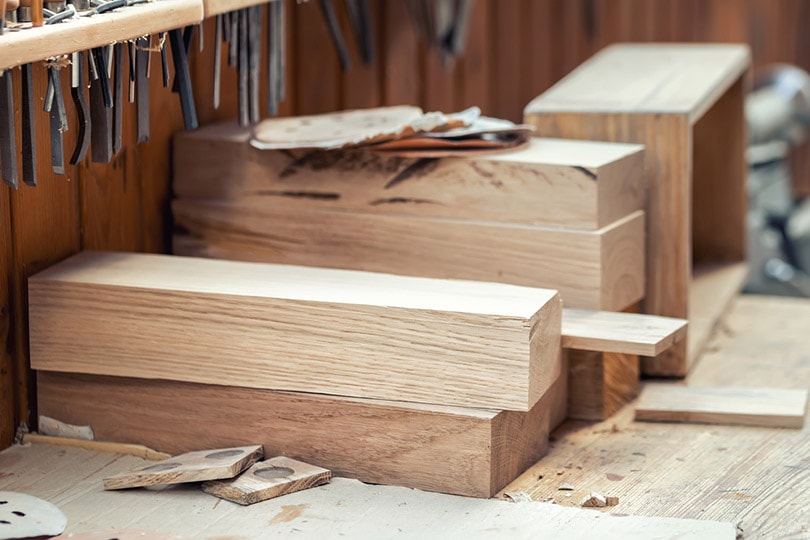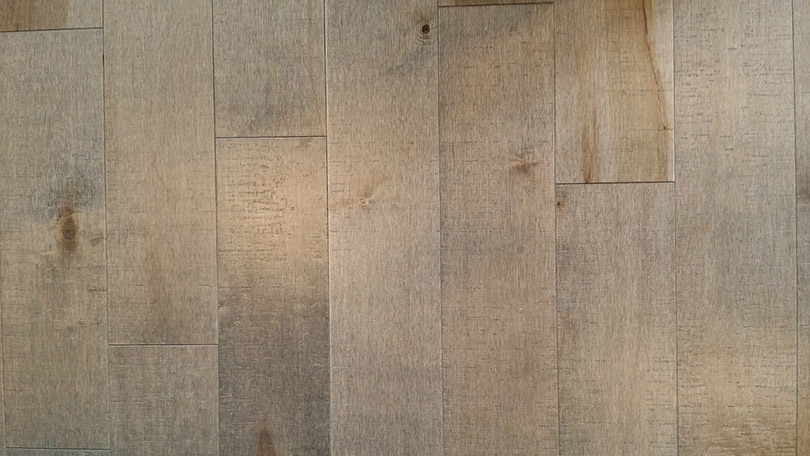4 Different Types of Wood Flooring In Old Homes (With Pictures)
-

- Last updated:

Before World War II, almost every home had wood flooring. Whether the house design was Tudor, Colonial, or even Victorian didn’t matter. Things started changing in the 1950s when the wall-to-wall carpet was introduced. Suddenly, people started switching to carpeting, including homeowners who had previously installed incredible hardwood floors.
The truth is, this new trend gained momentum so fast because the quality of carpets that were introduced at the time was so good it was almost impossible to resist the urge. Some people quickly realized they could install the carpet right over their hardwood floors and not have to invest more time or money removing the wood.
After a couple of decades, the trend fizzled out, and people started missing the warmth of wood floors. When we were opening a new chapter cued by the new millennium, the demand for wood floors skyrocketed again.
What this brief history tells you is that wood floorings have been and will always be highly desirable. So when you purchase an old home and find one of the types of wood floorings that we’re about to discuss, don’t uninstall it. Treat it right by hiring a professional to give it a new lease on life.
The 4 Main Types of Wood Flooring In Old Homes
1. White Oak

| Color: | Light beige |
| Grain: | Straight |
| Texture: | Uneven |
White Oak was so popular in the past because it was easily accessible. It is also lighter in color, which allows homeowners to apply stains, ranging from dark chocolate to light gray. If you’ve used White Oak before, you’ll agree that it always finds a way to keep up with current trends.
You wouldn’t be wrong to assume White Oak is a versatile flooring option. Oak has a beautiful grain that’s not only easy to stain but also can be manipulated to look a certain way. Durability and its high resistance to rotting and dents were the other reasons many people relied on it when it came to flooring. Those who settled on other options likely only did so because they found white oak too difficult to cut—a problem resulting from its high density.
- Durable
- High resistance to rot and dents
- Versatile
- Not easy to saw
2. Chestnut
| Color: | Light brown |
| Grain: | Straight |
| Texture: | Coarse |
Whenever we talk about chestnuts, we refer to two species found in the Genus Castanea. There’s Castanea Dentata, also known as the American Chestnut, and the Castanea Sativa, commonly referred to as Sweet Chestnut.
Most of their properties are similar, but you’ll be able to spot a couple of differences, such as their appearance. You see, even though both of them are light brown in color, the grains of American Chestnut are black and resemble dotted lines. On the other hand, those of the Sweet Chestnut don’t have a dark color, but they’ll look like dots.
The Sweet Chestnut is not as durable as the American chestnut, but it’s still very durable compared to most species. Moreover, they are both easy to work with, are resistant to rotting, and stain well.
Sadly, the American species is rare. The Chestnut blight nearly wiped out all of them in the 1900s. In fact, that is the other reason why it’s pricey and not very common in modern houses.
- Durable
- Stains well
- High resistance to rot
- Not easy to find
- Pricey
Find a flooring specialist in your area, and get free, no-commitment estimates for your project.Consult a flooring expert

3. Maple

| Color: | White with reddish-brown hues |
| Grain: | Straight |
| Texture: | Fine |
Maple was, and is still, a fan favorite in this industry, and it’s really not difficult to see why since it’s durable and gorgeous. Maple flooring has withstood the test of time and comes in neutral colors that blend into practically any décor style. We feel it’s important to note that there are more than one species of maple. However, the hardest and most common species that have been used in older homes are the Black Maple and the Sugar Maple.
These two maples are the hardest species in the family and are often used to construct gym floors and bowling alleys. An advantage of the maple species is that it is abundant in the United States. It’s readily available, affordable, and grows relatively quickly.
Although maple is a hardwood species, it’s somewhat unstable. That is why most old homes with maple floors were more susceptible to environmental changes. A slight humidity or even temperature fluctuation is enough to cause the boards to split, warp, or shrink.
- Can withstand the test of time
- Durable
- Affordable
- Readily available
- Relatively unstable
4. Black Walnut

| Color: | Dark chocolate brown |
| Grain: | Straight |
| Texture: | Medium |
The rich, dark coloring of Walnut significantly contributed to it being listed as one of the most stylish flooring choices for old homes. Many people gravitated towards it because it created a beautiful two-tone patina and didn’t look hideous as it aged.
The other top quality that we cannot forget to talk about is its insect-repelling abilities. Walnut produces iodine, which repels insects. Homeowners don’t have to worry about bugs lurking beneath the floor with the intent to cause damage.
Cleaning a Walnut floor is simple. It makes detecting dust and debris easy and seems to be the top choice for people grappling with asthma and other allergies. The only disadvantage is that it has a Janka scale measurement rating of 1010, meaning it’s a softer and more pliable wood.
- Creates a beautiful two-tone patina
- Repels insects
- Easy to clean and maintain
- Great with people who suffer from asthma and allergies
- It’s a softer, more pliable wood
- Related Read: 25 Different Types of Wood Flooring (With Pictures)
Wrap Up
Some of the wood flooring used in the past can still be installed in modern homes and is prevalent in old homes around the country. We know people have different tastes and preferences, but we’re sure you can find wood flooring that matches your style. If you found this article helpful, kindly share it with your friends. If you have any questions, send us a message in the comments below, and we’ll get back to you as soon as possible.
Featured Image Credit: CapturePB, Shutterstock
Contents

